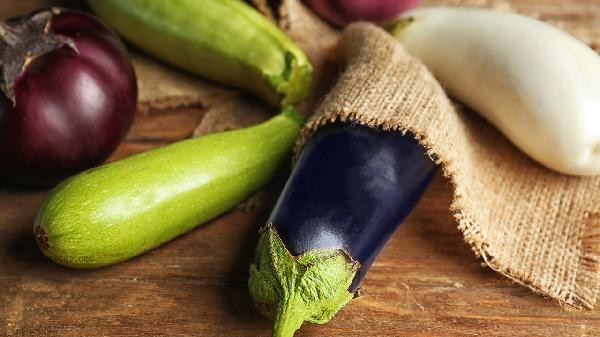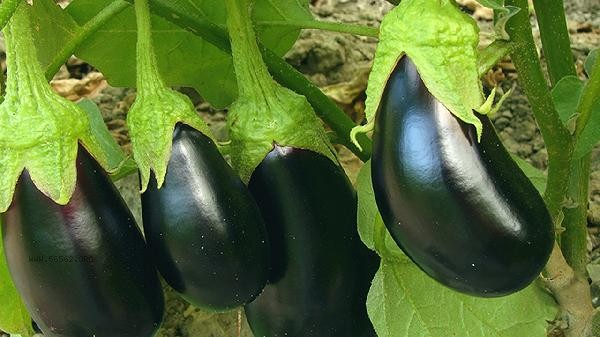The main methods to prevent eggplant from absorbing oil include soaking in salt water after cutting, microwave pretreatment, steaming pretreatment, powder coating and frying, and selecting tender eggplants. Eggplant oil absorption is mainly related to its loose and porous structure, and changing its texture through physical or chemical methods can effectively reduce oil absorption.

1. Salt water immersion
Soak the cut eggplant pieces in light salt water for about 10 minutes. Salt can damage the cell wall structure of eggplant and reduce the internal air content. Soaking and squeezing out the water before cooking can reduce the oil absorption capacity of eggplants. This method is suitable for stir frying or stewing dishes, with simple operation and no impact on the taste of eggplant.
2. Microwave treatment
Cut eggplant into pieces and place them in a microwave oven on high heat for 2-3 minutes to evaporate some of the water and shrink the tissue to become denser. The thermal effect generated by microwaves can alter the internal pore structure of eggplants, reducing the adsorption capacity by about half during subsequent cooking. Processed eggplants are more suitable for making dishes such as roasted eggplants that require shape preservation.
3. Steaming pretreatment
Steam the whole or cut eggplant for 5-8 minutes until it is half cooked. High temperature steam will soften the eggplant cell wall and release some air. Steamed eggplants have a denser texture and significantly lower oil absorption, making them particularly suitable for making dishes such as fish flavored eggplants that require secondary cooking, and can also shorten the subsequent cooking time.

4. Powder coating and frying
After slicing eggplants, coat them with a thin layer of starch or flour before frying. The protective film formed on the outer layer can block the infiltration of oil. Choosing corn starch has the best effect. When frying, the oil temperature should be controlled at around 160 degrees Celsius, which can make the eggplant crispy on the outside and tender on the inside, and reduce oil absorption. This method is suitable for making dishes such as fried eggplant that require a crispy texture.
5. Choose tender eggplants
Choose tender eggplants with smooth and shiny skin and tight texture. These eggplants have fewer seeds, thicker flesh, and denser cell structure. Old eggplants have many and large internal gaps, and their oil absorption can be more than twice that of tender eggplants. The judgment criterion is that the wider the white part at the connection between the eggplant stem and the fruit, the more tender it is, which is suitable for making home cooked dishes such as low oil version of the Three Fresh Vegetables.

It is recommended to use a combination of various anti oil absorption methods when cooking eggplants in daily life, such as steaming before stir frying or microwaving before coating with powder. Be careful not to overcook the processed eggplant to avoid nutrient loss. Eggplant is rich in anthocyanins and potassium elements, and cooking with less oil can better preserve its nutritional value. Special populations such as those with weak gastrointestinal function can choose to undergo skin removal treatment to further reduce oil intake, while combining with ingredients rich in vitamin C to promote iron absorption.








Comments (0)
Leave a Comment
No comments yet
Be the first to share your thoughts!